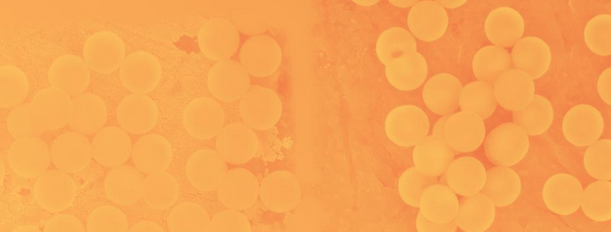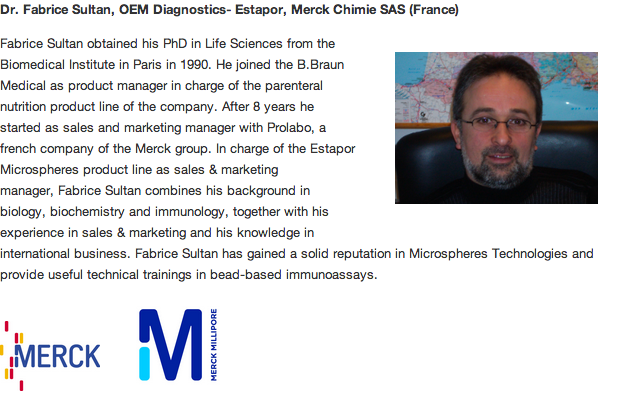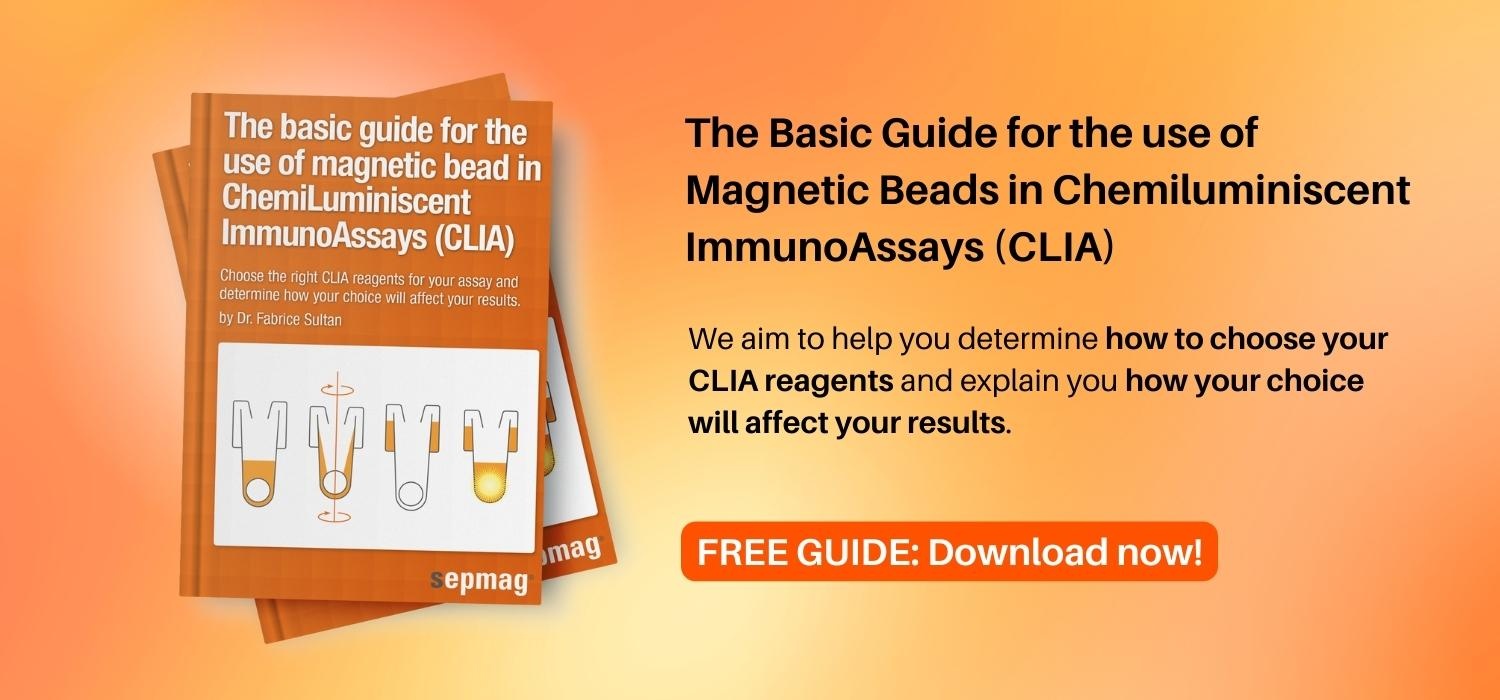Well-established classical detection methods that are packed in kit form include Radioimmunoassays (RIAs) or Enzyme Linked Immunoassays (ELISAs). These two detection methods were highly sensitive and used for a variety of biological and chemical testing. Even though RIAs are very sensitive assays, by their very nature, they are comprised of highly hazardous, radioactive reagents. The handling and disposal of RIA refuse can be difficult to regulate in the lab environment as well as expensive.
_12.31.41.png)
ELISAs are much cleaner assays. However, ELISAs do not have the dynamic range of RIAs and are not sensitive when an analyte exists in very low concentrations. In addition, ELISA steps are often long and drawn out with the final reactive step requiring a stop reagent so that the color of each test well does not continue to develop. One must be very precise when timing the addition of substrate and stop reagent in an ELISA in order to have an accurate result.
More recently, a newer, faster technique has revolutionized biological and chemical detection. Chemiluminescent Immunoassays (CLIAs) are based on the detection of a protein that glows or emits light in a chemiluminescent reaction. No stop reaction is required and incubations are short in these assays.
This post is about using magnetic beads, such as streptavidin beads, in Chemiluminescent immunoassays. If you are interested in this topic, download our free ebook The Basic Guide for the use of Magnetic Bead in Chemiluminescent immunoassays:
CLIAs have a much wider detection range than either RIAs or ELISAs and are also extremely sensitive under low analyte concentration conditions. Enhanced CLIAs use horseradish peroxidase (HRP)-linked substrates to allow detection of femtomoles of protein. The materials used in CLIA reagents are, in general, non-hazardous and much easier to dispose of than both RIA and ELISA reagents. CLIAs can also be automated with a luminometer.
One of the easiest ways to use a CLIA assay to isolate a particular analyte is to attach the substrate to magnetic streptavidin beads. Magnetic bead CLIAs perform both detection and isolation tasks concurrently. In addition, your analyte (along with your luminescent reagent) can be quickly separated from any contaminants or from free substrate and at the same time, concentrated. For your particular assay, choosing the correct magnetic bead can determine how successful your analyses and separations will be. Use of well proved covalent coupling surfaces or newer-easier-to-use bioctivated ones (as Protein A or G, or Streptavidin beads) is just one of the multiple choice you have. This e-book aims to help you determine how to choose your CLIA reagents and how your choice will affect your results.
Don't forget to check these posts from our blog in order to get a deeper insight into Chemiluminescent immunoassays:
- The Two Key Reasons for Selecting Chemiluminescence for Immunoassays
- How Do Chemiluminescent Assays Work?
- Developing a Chemiluminescent Immunoassay in Eight Basic Steps






